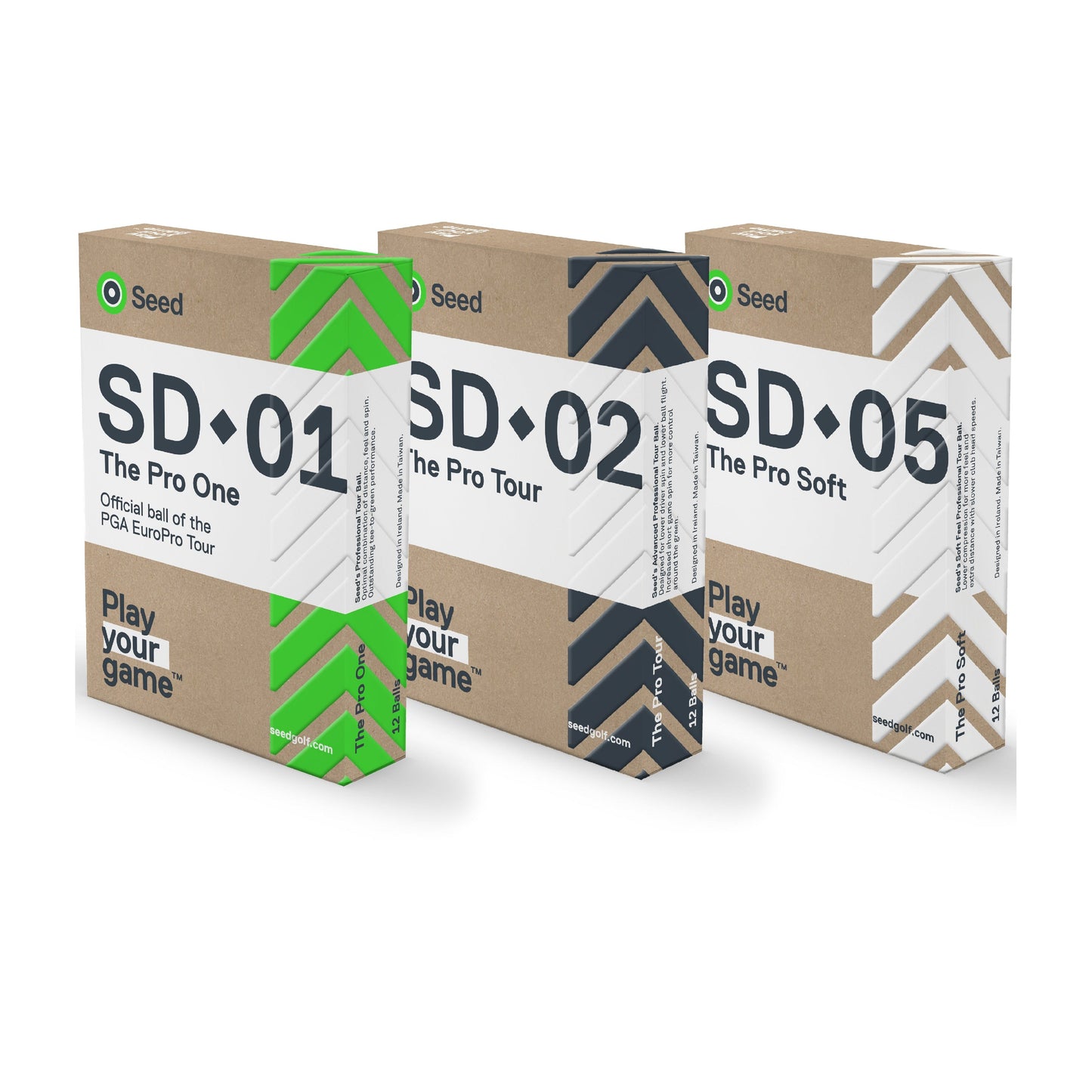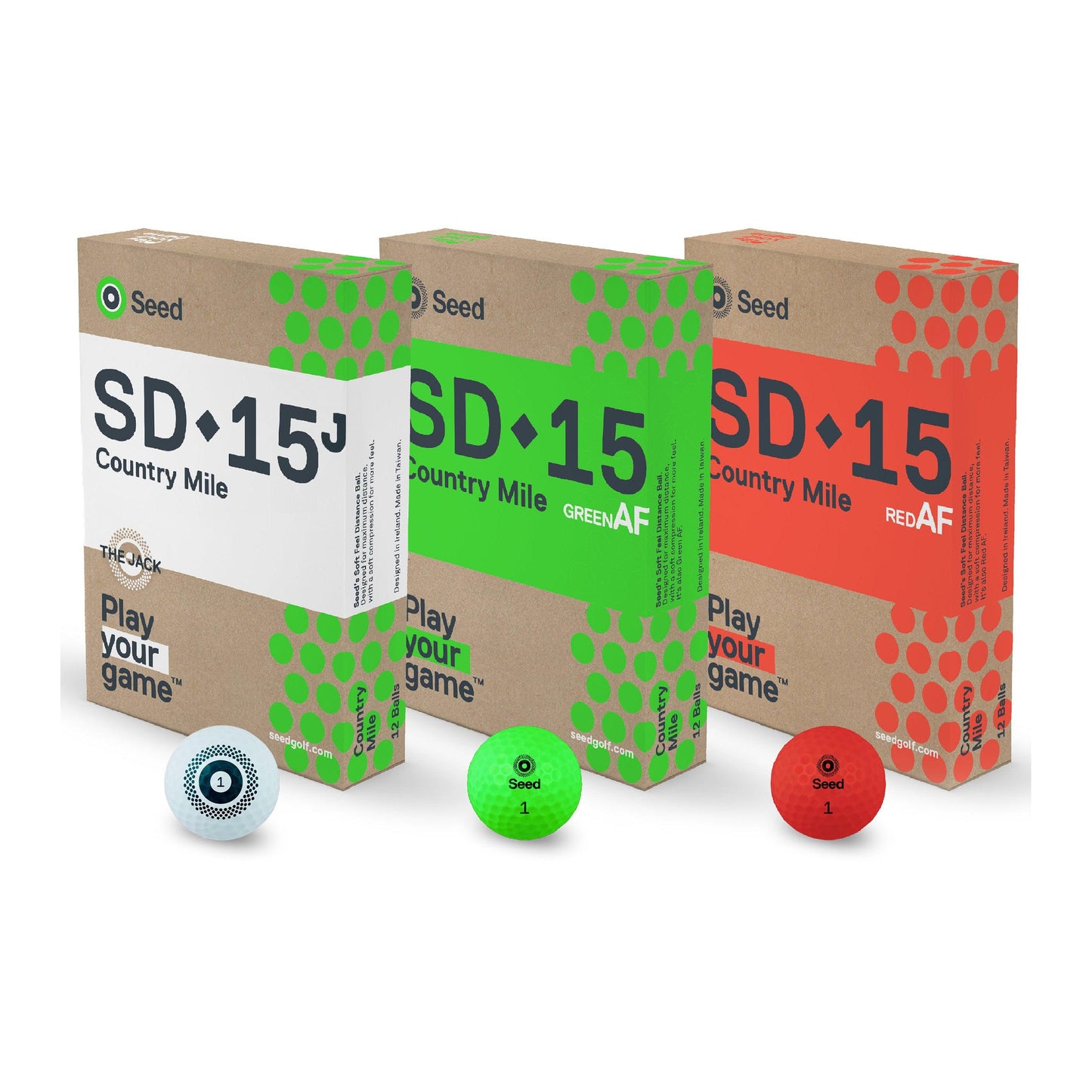
The Effects of Golf Ball Dimple Configuration on Aerodynamics and Trajectory
A golf ball is one of the most heavily regulated pieces of equipment used by a golfer. Size, shape, weight, initial velocity (i.e ball speed) and total distance are all pre-determined by USGA and R&A regulations and no ball, regardless of brand, can exceed these performance limits.
Once hitting those limits, this really leaves the designer with two key areas for improving overall performance… aerodynamics and feel. Both are related to cover design and dimple pattern design.
The total distance of a golf ball is influenced not only by its construction and materials, but also by the aerodynamics of the dimple pattern on the balls surface, and the subsequent effects on air flow and ball flight. Feel is also influenced by construction, cover material and dimple pattern.
By using CFD (Computational Fluid Dynamics), the air flow field and aerodynamics characteristics of Seed’s prototype golf ball designs can be studied, evaluated and improved. Using ANSYS Fluent, numerical simulations could be carried out to estimate the aerodynamics parameters for a golf balls performance. This involves developing and testing various dimple configurations.
Once the designed aerodynamics parameters were set, the total distance and trajectory for the golf ball could be determined, visualised and evaluated. The results will show the lift coefficient of the golf ball can be increased if dimple size was varied and arranged in an asymmetric pattern. When struck with lower launch angles, a pattern featuring deeper dimples will have greater lift effects than drag effects thereby improving carry and distance.
The main objective of dimples on a golf ball is to generate a type of small scale air flow turbulence. When flying, this turbulence postpones air separation, reduces the trailing low pressure region thereby lowering drag. Adding varying size dimples to the original golf ball surface increases both the drag and lift. Between various dimple designs, the amount of lift force can be up to 3 times greater than drag, thereby causing the lift effect to be greater than the drag effect and producing longer carry and overall distance.




